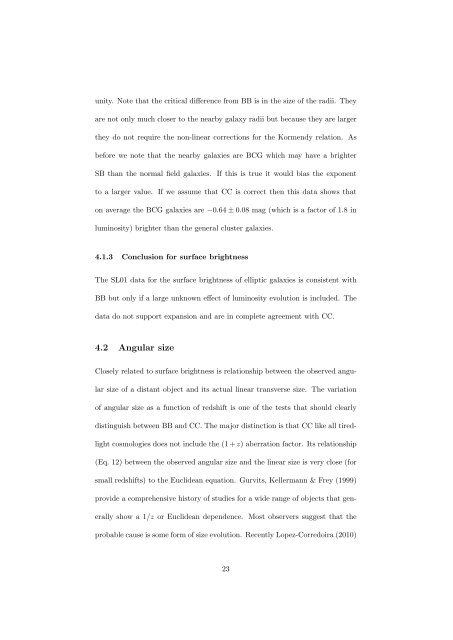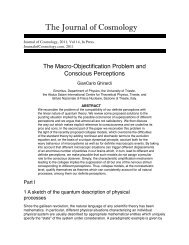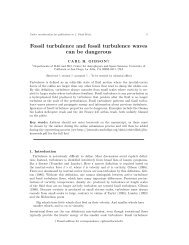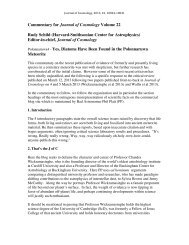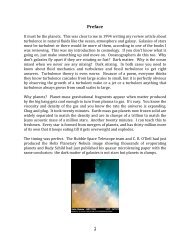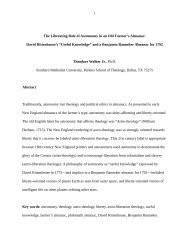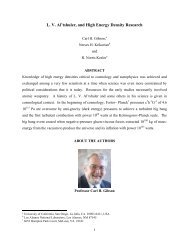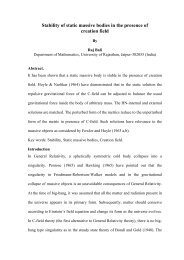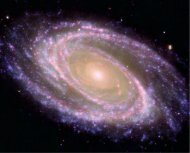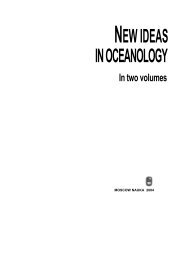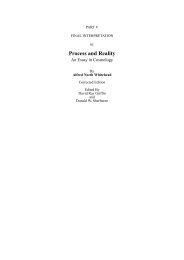Observational Evidence Favors a Static Universe - Journal of ...
Observational Evidence Favors a Static Universe - Journal of ...
Observational Evidence Favors a Static Universe - Journal of ...
Create successful ePaper yourself
Turn your PDF publications into a flip-book with our unique Google optimized e-Paper software.
unity. Note that the critical difference from BB is in the size <strong>of</strong> the radii. They<br />
are not only much closer to the nearby galaxy radii but because they are larger<br />
they do not require the non-linear corrections for the Kormendy relation. As<br />
before we note that the nearby galaxies are BCG which may have a brighter<br />
SB than the normal field galaxies. If this is true it would bias the exponent<br />
to a larger value. If we assume that CC is correct then this data shows that<br />
on average the BCG galaxies are −0.64 ± 0.08 mag (which is a factor <strong>of</strong> 1.8 in<br />
luminosity) brighter than the general cluster galaxies.<br />
4.1.3 Conclusion for surface brightness<br />
The SL01 data for the surface brightness <strong>of</strong> elliptic galaxies is consistent with<br />
BB but only if a large unknown effect <strong>of</strong> luminosity evolution is included. The<br />
data do not support expansion and are in complete agreement with CC.<br />
4.2 Angular size<br />
Closely related to surface brightness is relationship between the observed angu-<br />
lar size <strong>of</strong> a distant object and its actual linear transverse size. The variation<br />
<strong>of</strong> angular size as a function <strong>of</strong> redshift is one <strong>of</strong> the tests that should clearly<br />
distinguish between BB and CC. The major distinction is that CC like all tired-<br />
light cosmologies does not include the (1 + z) aberration factor. Its relationship<br />
(Eq. 12) between the observed angular size and the linear size is very close (for<br />
small redshifts) to the Euclidean equation. Gurvits, Kellermann & Frey (1999)<br />
provide a comprehensive history <strong>of</strong> studies for a wide range <strong>of</strong> objects that gen-<br />
erally show a 1/z or Euclidean dependence. Most observers suggest that the<br />
probable cause is some form <strong>of</strong> size evolution. Recently Lopez-Corredoira (2010)<br />
23


